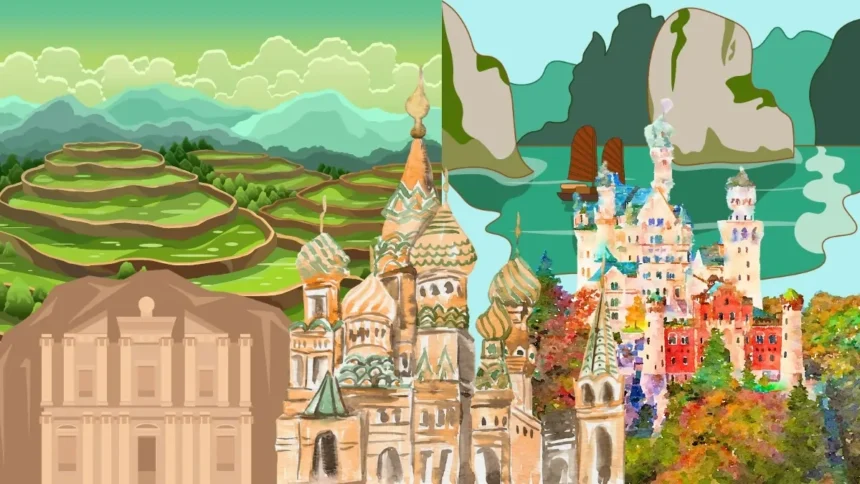While the traditional Wonders of the World are awe-inspiring, many other landmarks across the globe deserve just as much recognition. From the grandeur of Versailles to the natural splendor of Iguazu Falls, these 10 landmarks showcase the diversity and beauty of our planet.
Introduction:
We’ve all heard of the traditional Seven Wonders of the World—from the Great Wall of China to the Colosseum—but the planet is home to many other jaw-dropping landmarks that deserve just as much recognition. While these celebrated ancient wonders are undeniably awe-inspiring, the Earth’s vast and diverse landscape offers countless other architectural and natural marvels that continue to leave us speechless.
Read also: Our Dynamic Planet: How Plate Tectonics Shapes the World
Have you ever wondered why so many extraordinary places didn’t make the official list? From the grandeur of Neuschwanstein Castle in Germany to the natural splendor of Iguazu Falls in South America, several other sites could be considered Wonders of the World. Whether created by human hands or shaped by the forces of nature, these landmarks stand as testaments to the incredible beauty, history, and ingenuity found across our planet.
In this article, we’ll take you on a journey through 10 lesser-known landmarks that should be celebrated as wonders in their own right. These landmarks showcase the creativity of civilizations and the breathtaking power of nature, leaving visitors in awe of their magnificence.
1. Neuschwanstein Castle (Germany)
Overview: Perched high on a rugged hill in the Bavarian Alps, Neuschwanstein Castle looks like a fairy tale. Commissioned by King Ludwig II of Bavaria in the late 1800s, it has inspired everything from Disney movies to modern architecture. It is one of the most picturesque and photographed castles in the world.
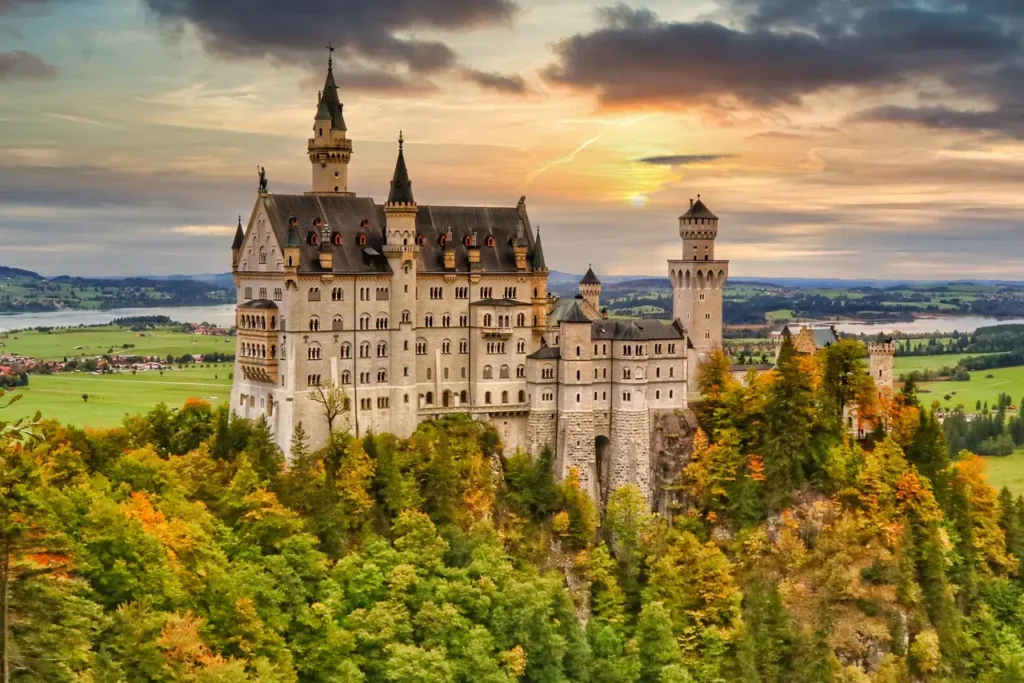
- Key Fact: The castle receives over 1.4 million visitors annually.
- Unique Feature: The castle’s dramatic towers and picturesque setting, surrounded by Alpine forests and snow-capped peaks, make it one of the most photographed landmarks in Europe.
Why It’s a Wonder: Neuschwanstein’s sheer beauty and dream-like appearance make it one of the most magical places on Earth. Its history, architectural grandeur, and the story behind its creation deserve a place among the world’s wonders.
2. Sheikh Zayed Grand Mosque (United Arab Emirates)
Overview: Located in Abu Dhabi, the Sheikh Zayed Grand Mosque is an architectural masterpiece that blends traditional Islamic design with modern elements. Completed in 2007, it is one of the largest mosques in the world and stands as a beacon of cultural harmony and artistic beauty.

- Key Fact: The mosque can accommodate over 40,000 worshippers at once.
- Unique Feature: The mosque’s stunning white marble façade is adorned with intricate floral designs and gold accents. Its interior is equally impressive, with the world’s largest hand-knotted carpet and crystal chandeliers.
Why It’s a Wonder: The mosque’s sheer scale, attention to detail, and cultural significance make it a modern marvel that rivals even the most ancient landmarks. Its fusion of artistry, religion, and engineering places it on par with other Wonders of the World.
3. Ha Long Bay (Vietnam)
Overview: Known for its emerald waters and towering limestone islands, Ha Long Bay in northern Vietnam is a natural wonder that looks almost otherworldly. The bay is dotted with nearly 2,000 islands and islets, many covered in lush greenery, and is renowned for its scenic beauty.

- Key Fact: Ha Long Bay is a UNESCO World Heritage Site, recognized for its exceptional natural beauty and geological importance.
- Unique Feature: The bay’s unique karst landscape was formed over millions of years of erosion, creating the dramatic cliffs and grottoes that attract travelers from all over the globe.
Why It’s a Wonder: Ha Long Bay’s otherworldly landscape, filled with misty cliffs and hidden caves, is a natural wonder that should be celebrated globally. Its stunning combination of water and rock formations makes it one of Earth’s most serene and enchanting places.
Read also: Karst Topography: Discover 5 Bizarre Landscapes Formed by Dissolving Earth
4. St. Basil’s Cathedral (Russia)
Overview: Located in the heart of Moscow’s Red Square, St. Basil’s Cathedral is one of the most recognizable buildings in the world thanks to its colorful, onion-shaped domes. Built in the 16th century by Ivan the Terrible, this architectural wonder holds a rich and complex history.
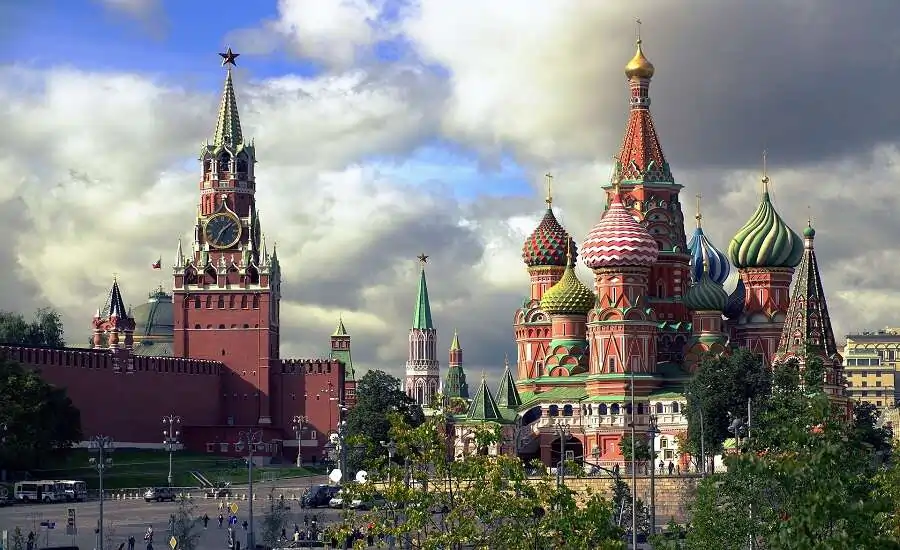
- Key Fact: St. Basil’s comprises nine separate chapels with distinct designs and colors.
- Unique Feature: The cathedral’s vibrant colors and whimsical shapes make it one of the most photogenic landmarks in the world, evoking a sense of fantasy and cultural history.
Why It’s a Wonder: The cathedral’s unique architecture, historical significance, and vibrant design make it a landmark that deserves a spot among the world’s great wonders. Its architectural style is unlike anything else, combining elements of Russian, Byzantine, and Eastern traditions.
5. Torres del Paine National Park (Chile)
Overview: Known for its rugged mountains, crystal-clear lakes, and glaciers, Torres del Paine National Park in southern Chile is a breathtaking natural wonder. Its towering granite peaks, known as the Torres, dominate the landscape and create a dramatic backdrop for hikers, nature lovers, and photographers.
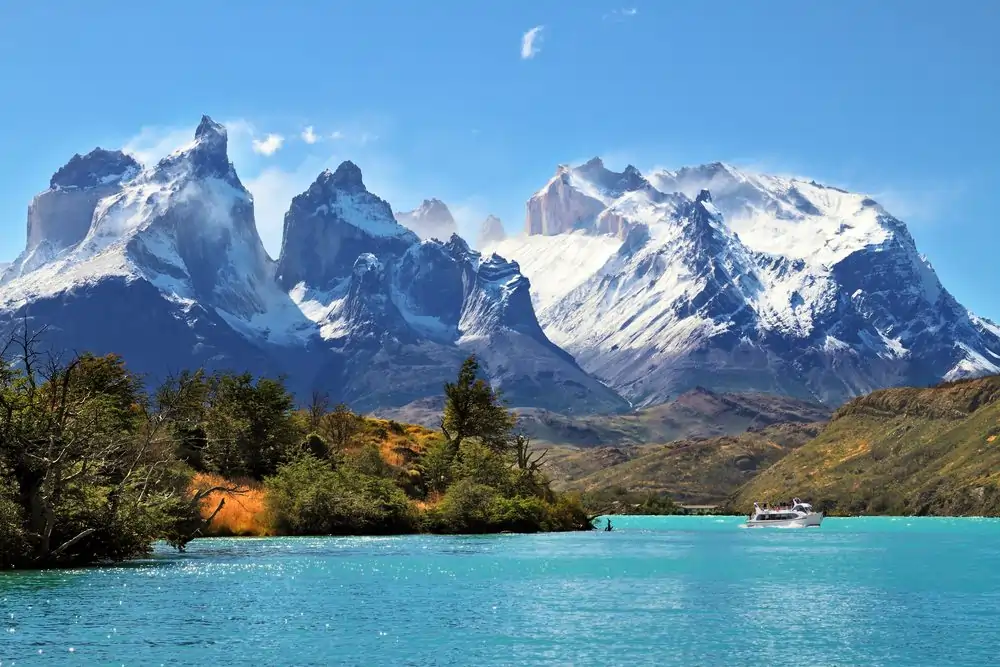
- Key Fact: The park covers over 700 square miles of diverse ecosystems, ranging from glaciers and forests to grasslands and rivers.
- Unique Feature: The jagged spires of the Torres del Paine are among the most iconic natural formations in the world, and their unique shapes have made them famous among adventurers.
Why It’s a Wonder: The stunning variety of landscapes within the park, from glaciers to grasslands, makes it one of the most diverse and beautiful places on the planet. Its raw natural beauty and rugged wilderness make it a place worthy of recognition as one of the world’s wonders.
Read also: How are Glaciers Formed? A 4-Step Ultimate Guide
6. Petra (Jordan)
Overview: Often referred to as the “Rose City,” Petra is an ancient city carved directly into the red rock cliffs of southern Jordan. Once the capital of the Nabataean Kingdom, Petra was a major trading hub for spices and silk, connecting the Middle East with ancient civilizations in the Mediterranean.
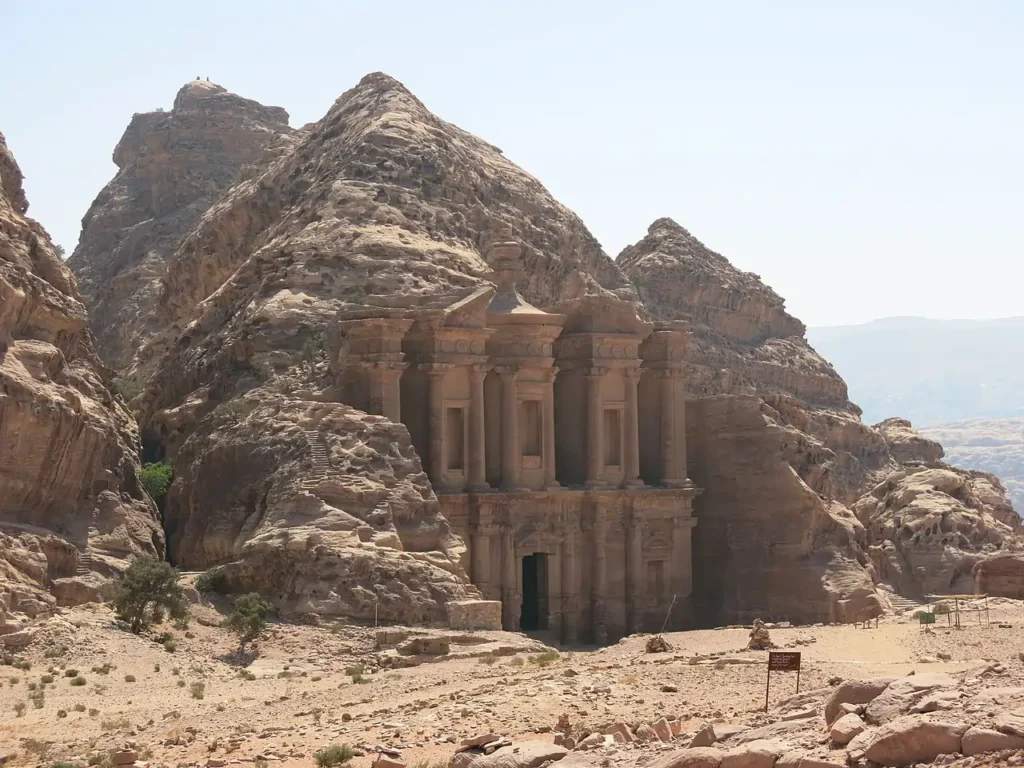
- Key Fact: Petra was rediscovered in 1812 after being lost to the Western world for centuries.
- Unique Feature: The most famous structure in Petra is the Al-Khazneh, or Treasury, a massive temple carved into the sandstone rock, which served as a royal tomb.
Why It’s a Wonder: Petra’s stunning rock-carved architecture and historical significance make it one of the world’s most unique and visually striking ancient sites. Its grandeur and cultural heritage are unparalleled, deserving recognition as a world wonder.
Read also: Facts About Sedimentary Rocks: 7 Interesting Things You Never Knew About the Rocks Beneath You
7. Banaue Rice Terraces (Philippines)
Overview: The Banaue Rice Terraces in the Philippines are a testament to human ingenuity and ancient engineering. Carved into the mountains over 2,000 years ago by the Ifugao people, these terraces are still used for farming today, showcasing sustainable agriculture practices that have endured for millennia.
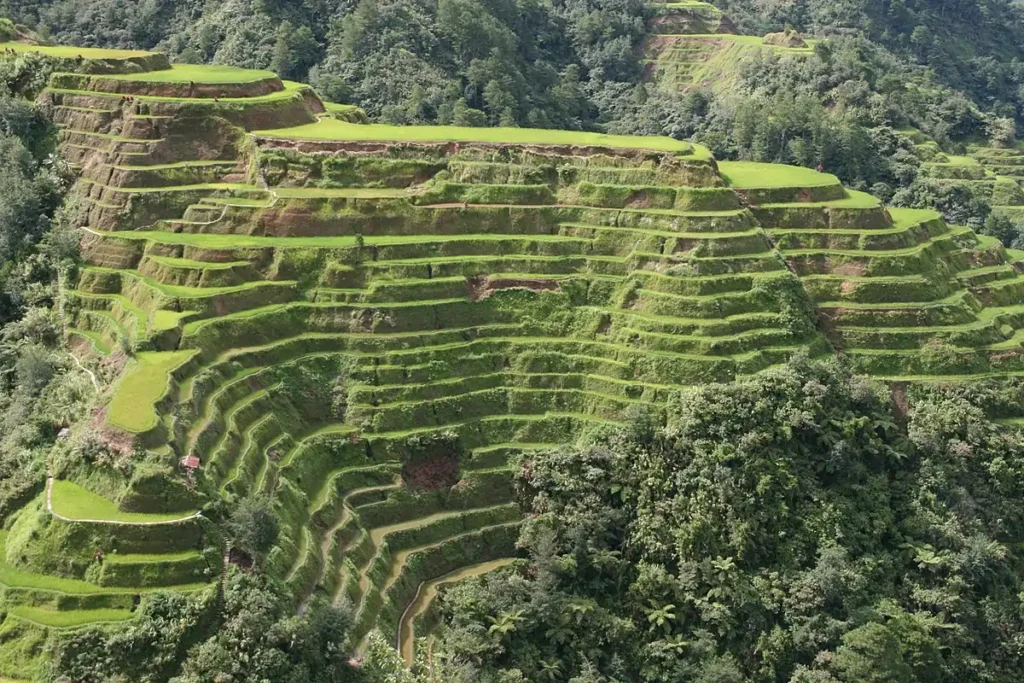
- Key Fact: The terraces are often called the “Eighth Wonder of the World.”
- Unique Feature: These ancient terraces stretch across 4,000 square miles and are irrigated by a complex system of canals that direct water from the mountaintops.
Why It’s a Wonder: The Banaue Rice Terraces showcase the ability of ancient civilizations to harmonize with nature, creating a sustainable agricultural system that has stood the test of time. Their cultural, historical, and ecological significance make them one of the world’s hidden wonders.
8. Mount Roraima (Venezuela, Brazil, and Guyana)
Overview: Often described as a “floating island,” Mount Roraima is a flat-topped mountain that towers above the surrounding rainforest. It’s part of the ancient Guiana Shield, one of the oldest geological formations on Earth, and is renowned for its unique biodiversity.
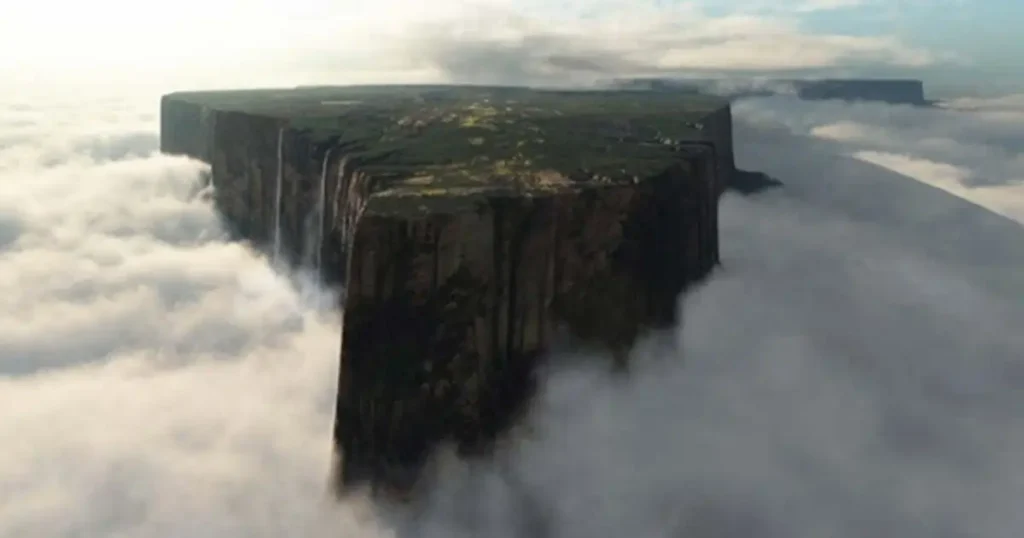
- Key Fact: Mount Roraima’s tabletop covers an area of 12 square miles and is considered one of the world’s most remote and mysterious landscapes.
- Unique Feature: The mountain is often shrouded in mist, giving it a surreal, almost mythical appearance that has inspired countless stories and legends.
Why It’s a Wonder: Mount Roraima’s sheer size and mysterious beauty make it one of the world’s most awe-inspiring natural landmarks. Its unique topography and ancient geological history make it a place that captivates explorers and travelers alike.
Read also: 5 Mind-Blowing Reasons Why Asking “Is Australia an Island?”
9. The Palace of Versailles (France)
Overview: Once the royal residence of French kings, the Palace of Versailles is one of the world’s most opulent and grandiose structures. Built in the 17th century, Versailles is famous for its lavish gardens, intricate interiors, and the iconic Hall of Mirrors.
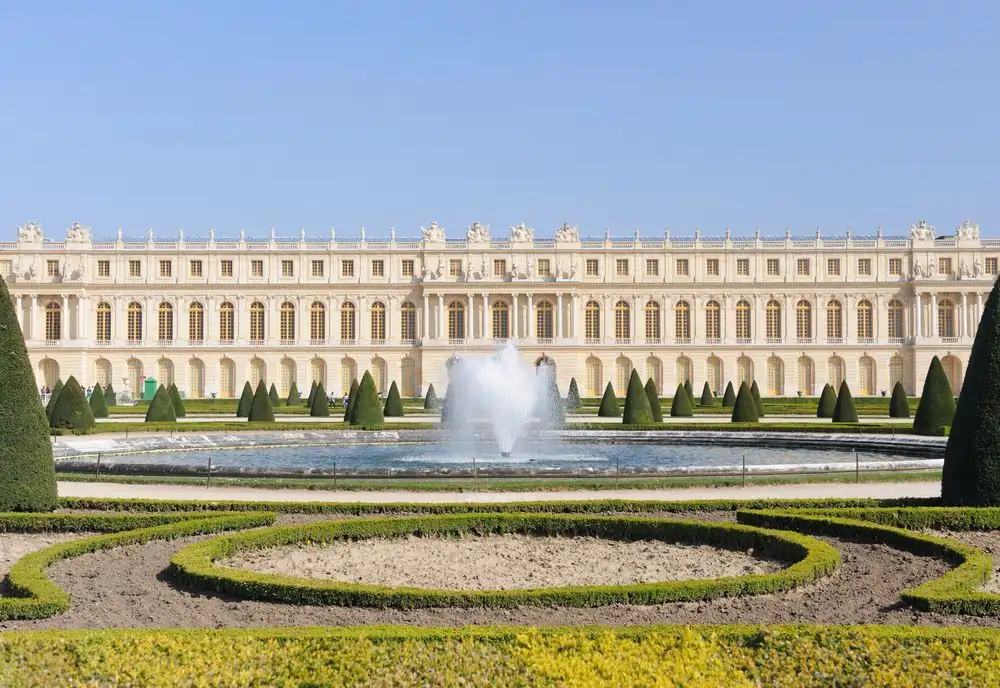
- Key Fact: The palace covers over 2,000 acres of land, including the sprawling gardens and various outbuildings.
- Unique Feature: The Hall of Mirrors features 357 mirrors reflecting the light from 17 massive windows, creating one of the most dazzling displays of opulence in history.
Why It’s a Wonder: Versailles’s architectural brilliance and cultural history make it a monumental achievement that deserves recognition as a modern wonder. Its grandeur and influence on European art and architecture are unrivaled.
10. Iguazu Falls (Argentina and Brazil)
Overview: Straddling the border between Argentina and Brazil, Iguazu Falls is one of the most impressive waterfalls in the world. The falls consist of 275 individual cascades and stretch over 1.7 miles, creating a breathtaking natural spectacle.
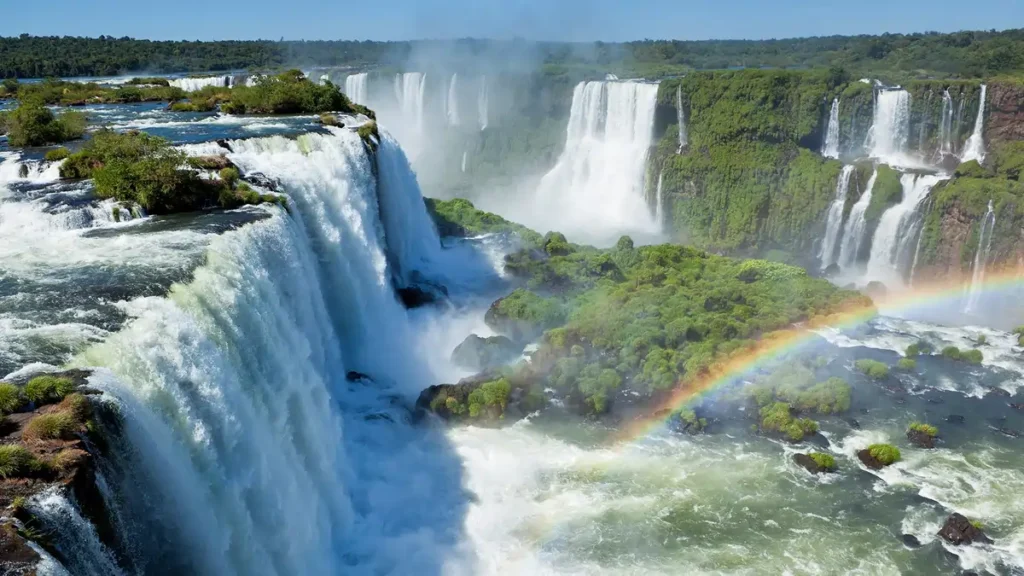
- Key Fact: Iguazu Falls is taller than Niagara Falls and nearly twice as wide.
- Unique Feature: The most famous section of the falls is the Devil’s Throat, an 82-meter-high, U-shaped chasm thunders with water, creating a powerful roar and a permanent mist in the air.
Why It’s a Wonder: Iguazu Falls’ sheer power and beauty make it one of Earth’s most mesmerizing natural wonders. Its immense size and the lush jungle surrounding it create an unforgettable experience for visitors.
Conclusion:
These 10 landmarks—natural or man-made—represent our world’s extraordinary beauty, history, and innovation. Each deserves recognition as a Wonder of the World, showcasing human and natural creation’s incredible diversity and power.
FAQs:
1. Why isn’t Petra considered one of the official Wonders of the World?
While Petra is widely regarded as a wonder, it isn’t part of the original Seven Wonders of the World, which focused on ancient Greek and Roman structures.
2. How tall is Iguazu Falls compared to Niagara Falls?
Iguazu Falls is taller than Niagara Falls, reaching 269 feet, while Niagara Falls is 167 feet.
3. Are the Banaue Rice Terraces still used today?
Yes, the Banaue Rice Terraces are still used by local farmers for rice and vegetable cultivation, just as they were thousands of years ago.
4. What makes Mount Roraima so unique?
Mount Roraima’s flat-topped structure and misty surroundings make it look like a floating island. It’s one of the most geologically ancient and fascinating formations on Earth.
5. How many people visit Neuschwanstein Castle annually?
Neuschwanstein Castle attracts over 1.4 million visitors annually, making it one of the most visited landmarks in Europe.

